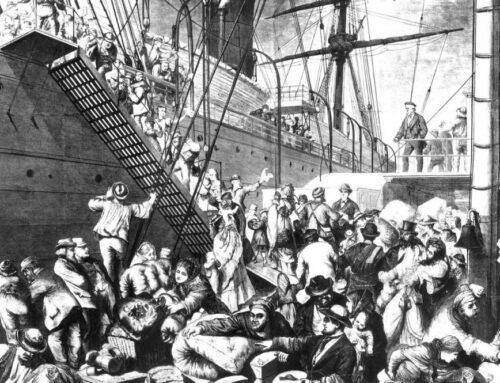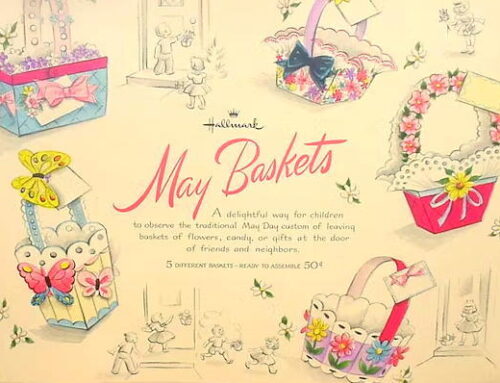Some interesting changed thinking on paternity and historical DNA in a nice article in the Science section of the New York Times today, entitled Fathered by the Mailman? It’s Mostly an Urban Legend:
It wasn’t until DNA sequencing emerged in the 1990s that paternity tests earned the legal system’s confidence. Labs were able to compare DNA markers in children to those of their purported fathers to see if they matched.
As the lab tests piled up, researchers collated the results and came to a startling conclusion: Ten percent to 30 percent of the tested men were not the biological fathers of their children.
Those figures were spread far and wide, ending up in many science books. But the problem with the lab data, Dr. Larmuseau said, was that it didn’t come from a random sample of people. The people who ordered the tests already had reason to doubt paternity.
Dr. Larmuseau and other scientists developed other methods to get an unbiased look at cuckoldry.
In a 2013 study, Dr. Larmuseau and his colleagues used Belgium’s detailed birth records to reconstruct large family genealogies reaching back four centuries. Then the scientists tracked down living male descendants and asked to sequence their Y chromosomes.
Y chromosomes are passed down in almost identical form from fathers to sons. Men who are related to the same male ancestor should also share his Y chromosome, providing that some unknown father didn’t introduce his own Y somewhere along the way.
Comparing the chromosomes of living related men, Dr. Larmaseau and his colleagues came up with a cuckoldry rate of less than 1 percent. Similar studies have generally produced the same low results in such countries as Spain, Italy and Germany, as well as agricultural villages in Mali.
Read more on paternity and historical DNA here.





Leave a Reply